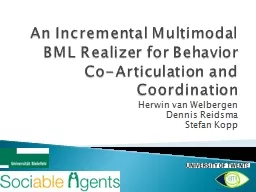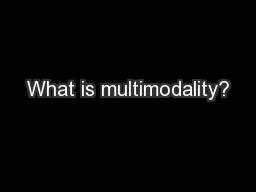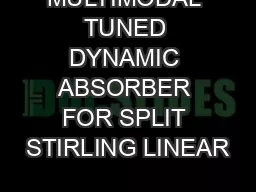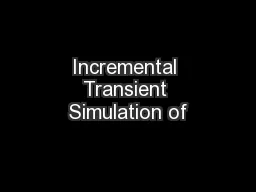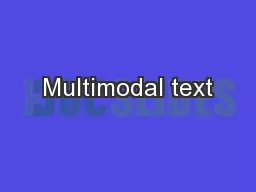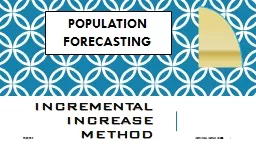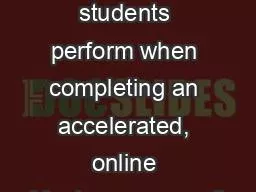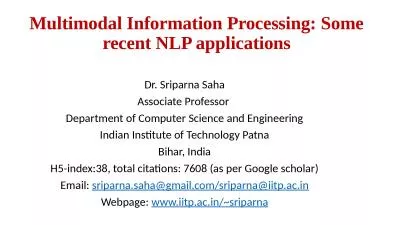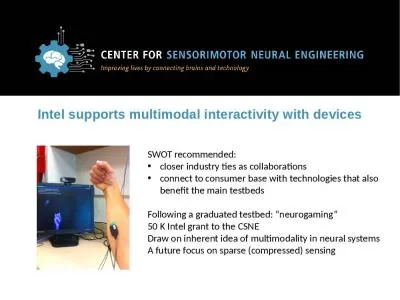PPT-An Incremental Multimodal BML Realizer for Behavior Co-Arti
Author : lois-ondreau | Published Date : 2016-07-04
Herwin van Welbergen Dennis Reidsma Stefan Kopp Beyond turn taking interaction Continuous perception and behavior generation Interpersonal coordination Tight coordination
Presentation Embed Code
Download Presentation
Download Presentation The PPT/PDF document "An Incremental Multimodal BML Realizer f..." is the property of its rightful owner. Permission is granted to download and print the materials on this website for personal, non-commercial use only, and to display it on your personal computer provided you do not modify the materials and that you retain all copyright notices contained in the materials. By downloading content from our website, you accept the terms of this agreement.
An Incremental Multimodal BML Realizer for Behavior Co-Arti: Transcript
Download Rules Of Document
"An Incremental Multimodal BML Realizer for Behavior Co-Arti"The content belongs to its owner. You may download and print it for personal use, without modification, and keep all copyright notices. By downloading, you agree to these terms.
Related Documents

